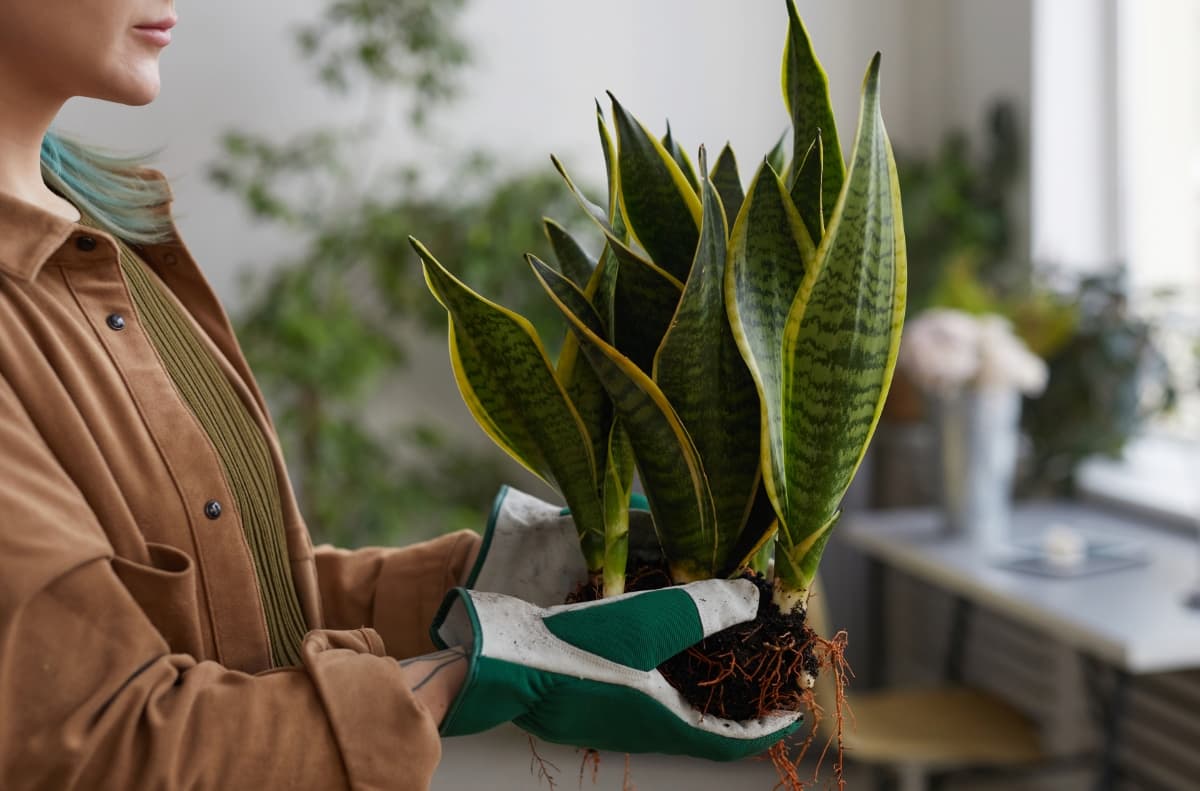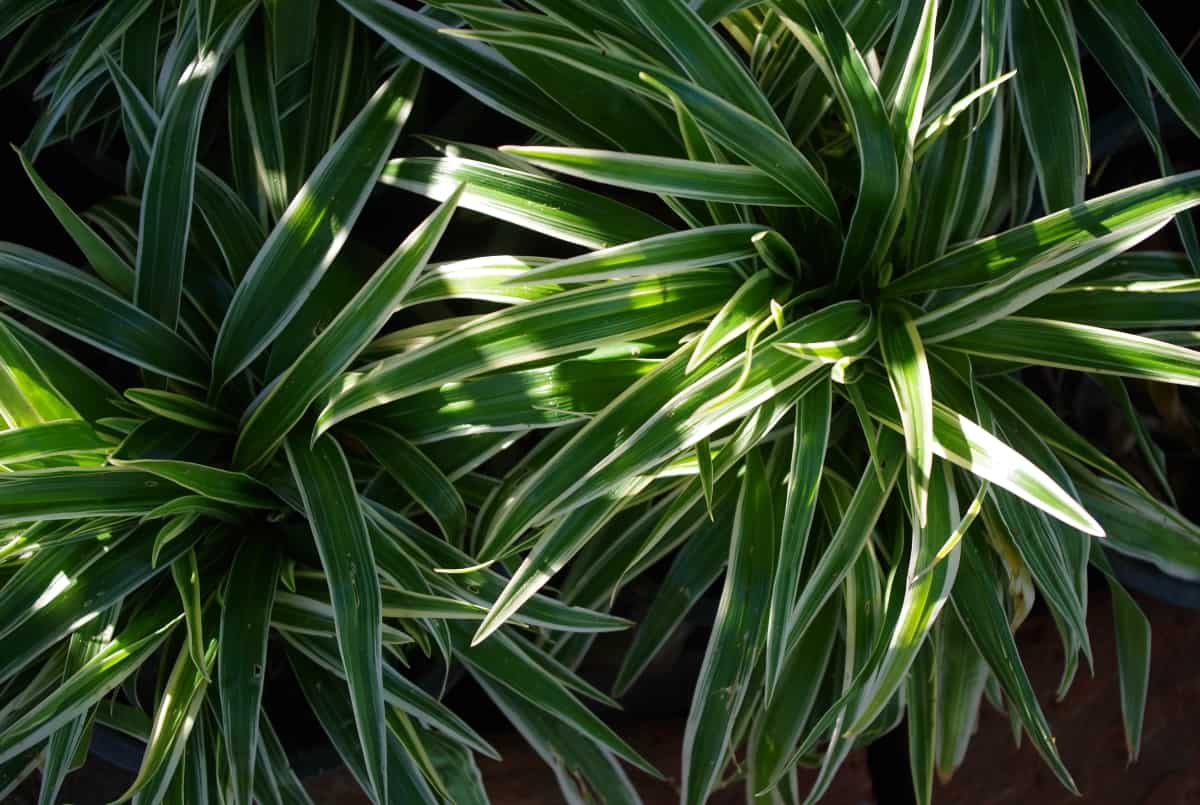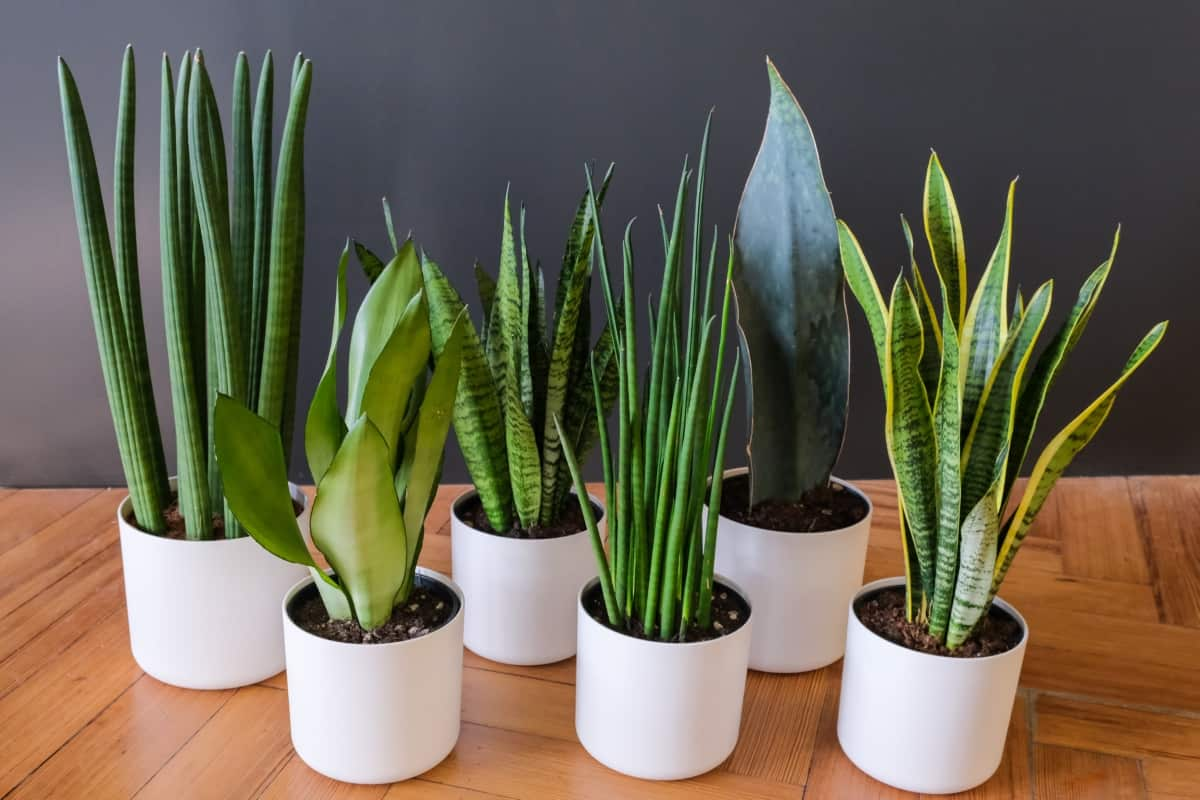Snake Plants, scientifically known as Dracaena trifasciata, and Spider Plants, also known as Chlorophytum comosum, are two popular choices for indoor plants. They both belong to the family of Asparagaceae and offer unique characteristics that make them stand out from other houseplants. Two such plants that are highly sought after are Snake plants and Spider plants. Let’s explore why these plants are so important to have in your indoor space.

Snake Plants vs Spider Plants
Appearance and Varieties
Snake plants feature long and upright leaves with vibrant green coloration. They have a striking appearance due to their sword-like shape and variegated patterns, which range from light green to dark green with yellow accents. Spider plants, on the other hand, are characterized by arching leaves that cascade gracefully down from the center of the plant. These leaves are typically green but may also display white stripes or edges for added visual interest.
Snake plants come in different varieties like Black Gold, Laurentii, Hahnii Compacta, and Futura Superba. Each variety has its distinct leaf pattern and color combination. Similarly, Spider plants offer various cultivars such as Bonnie Green Variegated Spider Plant or Reverse Variegated Spider Plant. These variations introduce different colors and patterns into your home decor scheme.
Care Requirements
Snake Plants and Spider Plants are both known for their low-maintenance nature, making them ideal choices for indoor plant enthusiasts of all levels. The care requirements for indoor plants are relatively straightforward, ensuring that even those with a less green thumb can keep them thriving. When it comes to watering the plants, Snake Plants prefer to be on the drier side. On the other hand, Spider Plants like consistently moist soil but not soggy conditions. It’s important not to overwater either plant, as this can affect root rot.
Fertilizing the Snake plants and Spider plants once a month during the spring and summer is beneficial. Using a houseplant fertilizer diluted according to package instructions will help promote healthy growth. Pruning is minimal for both Snake Plants and Spider Plants. Removing any dead or yellowing leaves helps maintain their overall appearance while promoting new growth.
Air Purification Abilities
Snake plants and Spider plants add a touch of greenery to your space and also work hard to keep the air clean and fresh. Snake plants are good at filtering out toxins such as formaldehyde, benzene, trichloroethylene, xylene, and toluene. They release oxygen during the night, which can improve sleep quality.
In case you missed it: Snake Plants in the Office: Boosting Productivity and Reducing Stress

On the other hand, Spider plants excel in removing carbon monoxide and other volatile organic compounds (VOCs) from the air. They have been found to effectively combat pollutants like formaldehyde, xylene, and toluene commonly found in household products and certain building materials.
Propagation
Propagation is an essential aspect of indoor plant care. It allows you to grow new plants from existing ones, expanding your collection or sharing with friends and family. Snake plants can propagated in two ways: by leaf cuttings or by division. Dividing a mature Snake plant involves separating the rhizomes and replanting them in separate pots. Leaf cuttings, on the other hand, require cutting a healthy leaf into sections and placing them in moist soil until they develop roots.
Spider plants can also be propagated by division or by planting their baby Spiderettes directly into the soil. Division involves separating the dense clumps of leaves at the parent plant base and replanting them individually. Spiderettes are small offshoots that grow from long stems; once they have developed roots, they can be planted as individual plants.
Toxicity
Snake plants are considered mildly toxic to humans and pets. However, the good news is that Snake plants are not fatal and typically only cause mild symptoms. On the other hand, Spider plants are non-toxic to both pets and humans. When it comes to toxicity levels between these two indoor plant options, Spider plants come out on top as the safer choice.
Growth Rate
Snake plants and Spider plants are both known for their relatively fast growth rate, making them good choices for those looking to add some greenery to their indoor spaces. Snake plants have a moderate growth rate, typically producing one or two new leaves each year. On the other hand, Spider plants have a slightly faster growth rate compared to Snake plants. They produce long trailing stems with baby plantlets at the ends that can be easily propagated. With proper care and optimal conditions, Spider plants can rapidly fill out hanging baskets or pots.
Light Tolerance
Snake plants can tolerate both bright, indirect light as well as low-light areas. These resilient beauties are known for their ability to adapt to different lighting conditions. They can thrive even in fluorescent or artificial lighting setups, making them an excellent choice for office spaces too. Spider plants also have a versatile nature when it comes to light tolerance. While they prefer bright, indirect light, they can adapt well to lower-light situations too.
Pet-Friendliness
Snake plants are considered non-toxic to dogs and cats. However, ingestion of large quantities may still cause gastrointestinal upset in pets. It’s always a good idea to monitor your furry friends around these plants and prevent them from nibbling on the leaves. Spider plants, on the other hand, are also safe for pets.
They contain compounds that are mildly hallucinogenic to cats but not harmful or toxic. Some cats even enjoy chewing on Spider plant leaves as a form of entertainment. To ensure the safety of four-legged companions while enjoying the benefits of indoor greenery, it’s recommended to place these plants out of reach or use hanging baskets.
Versatility
Versatility is a main factor to consider when choosing indoor plants, and both Snake plants and Spider plants offer a range of uses that make them incredibly versatile options for any space. Snake plants can grow in low light levels, making them appropriate for rooms with minimal natural sunlight. On the other hand, Spider plants thrive in bright, indirect light and can also adapt to lower-light environments.
In case you missed it: How to Grow and Care for Spider Plant: Planting Instructions

Another aspect of versatility lies in their different growth habits. Snake plants have tall and upright leaves that add vertical interest to any room. They are often used as statement pieces or focal points in interior design. Spider plants, on the other hand, have cascading foliage that hangs gracefully from hanging baskets or shelves. This makes them perfect for adding depth and visual appeal to spaces with limited floor space.
Aesthetics and Decorative Use
Snake plants have upright leaves that come in various shades of green, ranging from dark to light. On the other hand, Spider plants offer a different kind of visual interest with their arching leaves that cascade down like fountains. Both Snake plants and Spider plants can be used as standalone potted specimens or incorporated into larger plant displays. With their contrasting shapes and textures, they add depth to any interior design scheme.
Snake Plants Vs. Spider Plants
| Factors | Snake Plants | Spider Plants |
| Appearance | Long, upright leaves with variegated patterns | Arching leaves with thin, green and white stripes |
| Scientific Name | Dracaena trifasciata | Chlorophytum comosum |
| Family | Asparagaceae | Asparagaceae |
| Maintenance | Requires low maintenance and thrives in low-light conditions | Needs moderate care and prefers bright, indirect light |
| Air Purification | Known for its ability to eliminate toxins like formaldehyde from the air | It is an excellent air purifier, effectively reducing pollutants indoors |
| Propagation | Propagated through leaf cuttings or division of rhizomes | Easily propagated by potting up runners or planting offsets |
| Pet-Friendly | Toxic to pets if ingested | Non-toxic to both cats and dogs |
| Pest Resistance | Highly resistant to diseases | Might attract mealybugs |

Conclusion
After comparing the Snake plants and Spider plants, it is clear that both have unique qualities that make them great indoor plant options. Snake plants are known for their air-purifying abilities and low maintenance, while Spider plants are admired for their ability to thrive in different light conditions and produce beautiful cascading foliage.
- Feed Your Flock for Less: Top 10 Tips to Save on Chicken Feed
- Ultimate Guide to Ossabaw Island Hog: Breeding, Raising, Diet, and Care
- Hatching Answers: The Top 10 Reasons Your Chickens Aren’t Laying Eggs
- Eggs and Economics: Breaking Down the Cost of Raising Backyard Chickens
- Defend Your Greens: Proven Methods to Keep Iguanas Out of Your Garden
- Ultimate Guide to Cinnamon Queen Chicken: A Comprehensive Guide for Beginners
- Ultimate Guide to California Tan Chicken: Breeding, Raising, Diet, Egg-Production and Care
- Ultimate Guide to Marsh Daisy Chicken: Breeding, Raising, Diet, and Care
- 10 Types of Chicken Farming Businesses You Can Start for Profits